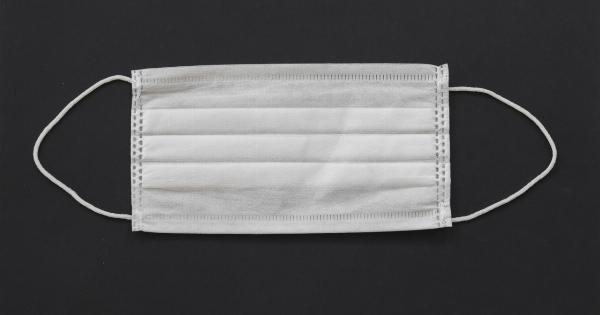When we think of reflux, we often envision someone clutching their chest in pain or experiencing frequent heartburn.
However, there is a lesser-known form of reflux called “quiet reflux,” which can be equally troublesome but often goes undiagnosed due to its milder symptoms. In this article, we will delve into quiet reflux, its symptoms, and how it can be easily overlooked.
What is Quiet Reflux?
Also known as laryngopharyngeal reflux (LPR) or silent reflux, quiet reflux is a condition where stomach acid flows backwards into the throat and voice box area, rather than causing heartburn in the chest or abdomen.
Unlike typical acid reflux, quiet reflux may not produce the usual burning sensation or discomfort that is commonly associated with the condition.
Common Symptoms of Quiet Reflux
While quiet reflux may not present itself with the typical symptoms of acid reflux, there are several signs that can indicate its presence. Here are the most common symptoms:.
1. Persistent Cough
A persistent, dry cough that doesn’t seem to go away can be one of the most common symptoms of quiet reflux. The acid irritates the throat and causes irritation, leading to an ongoing cough.
This symptom is often mistaken as allergies or bronchitis.
2. Hoarseness or Voice Changes
If you find yourself constantly experiencing hoarseness or notice that your voice has changed significantly, it might be due to quiet reflux. The acid that flows into the throat affects the vocal cords, leading to vocal changes and hoarseness.
3. Excessive Throat Clearing
People with quiet reflux often have the urge to frequently clear their throat, as they feel the need to remove the discomfort caused by the acid irritating the throat. This constant throat clearing can be a sign of underlying reflux.
4. Difficulty Swallowing
Quiet reflux can cause a feeling of a lump or tightness in the throat, making it difficult to swallow food or liquids. This symptom, known as dysphagia, can significantly impact a person’s ability to eat comfortably.
5. Post-Nasal Drip
Post-nasal drip occurs when excess mucus accumulates in the back of the throat, leading to a constant need to clear the throat or cough. This symptom is often linked to allergies, but in some cases, it can be due to quiet reflux.
6. Sensation of Something Stuck in the Throat
A feeling of something stuck or a “lump” in the throat, known as globus pharyngeus, is a common symptom of quiet reflux. It can be distressing and may cause anxiety, as individuals often worry that there is a physical obstruction present.
7. Sore Throat
While a sore throat is a well-known symptom of various conditions, including the common cold or flu, it can also be a sign of quiet reflux. The continuous exposure of stomach acid to the throat can lead to irritation and a persistent sore throat.
8. Asthma-Like Symptoms
Asthma-like symptoms, such as wheezing or shortness of breath, may indicate the presence of quiet reflux. The irritation caused by stomach acid can trigger small airways in the lungs, resulting in breathing difficulties.
9. Chronic Sinusitis
Chronic sinusitis refers to persistent inflammation of the sinuses that lasts for more than 12 weeks. While it is commonly attributed to allergies or other sinus-related issues, it can also be caused by quiet reflux.
The acid irritates the sinus passages, leading to inflammation and recurring sinusitis.
10. Tooth Enamel Erosion
People with quiet reflux may unknowingly experience tooth enamel erosion due to the stomach acid repeatedly coming into contact with their teeth. This erosion can cause increased tooth sensitivity and discoloration.
Conclusion
Quiet reflux, often overlooked due to its milder symptoms, can have a significant impact on a person’s quality of life if left untreated. Recognizing the symptoms is essential in ensuring prompt diagnosis and appropriate management.
If you suspect you might be suffering from quiet reflux, consult with a healthcare professional for an accurate diagnosis and personalized treatment plan.


























